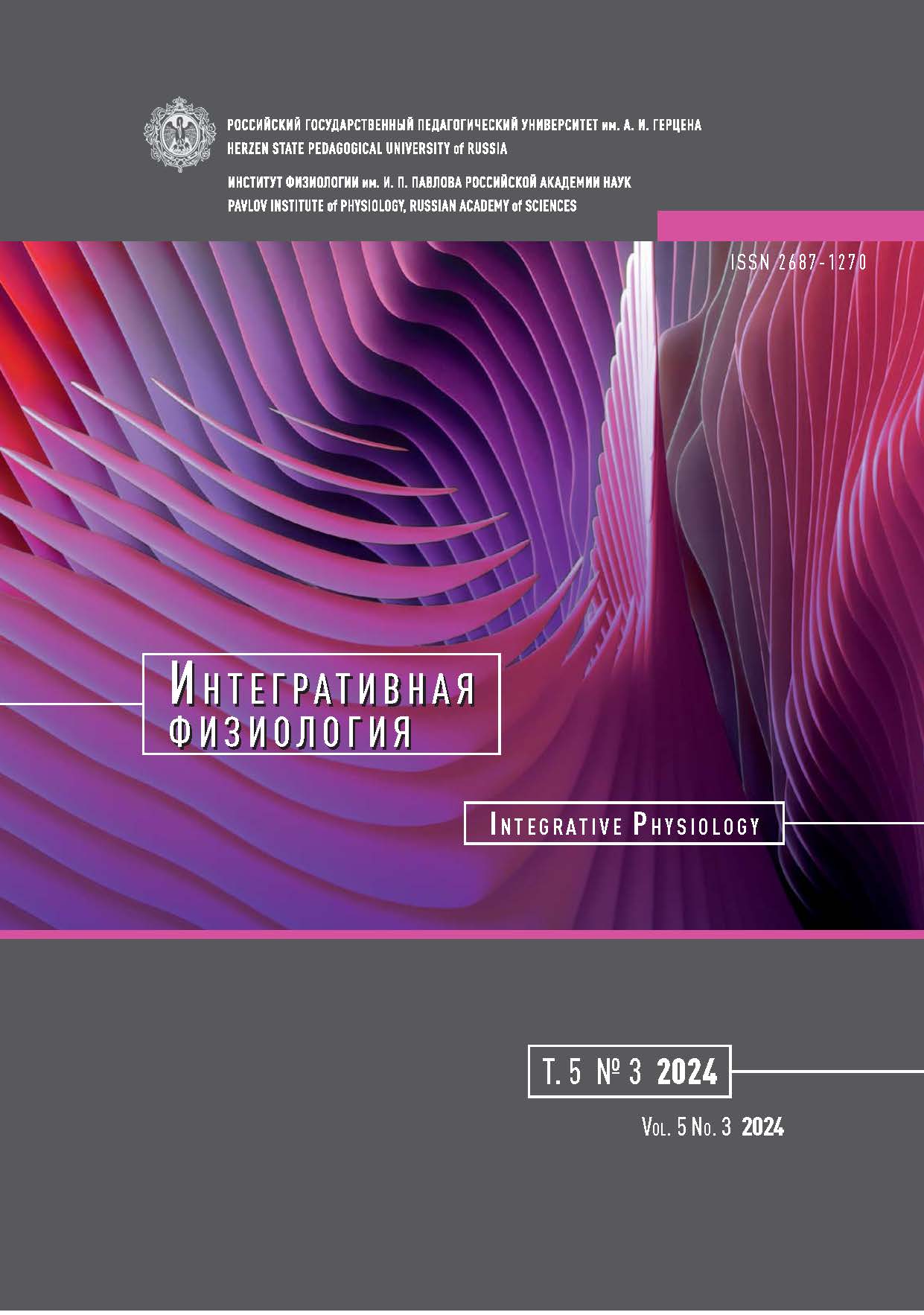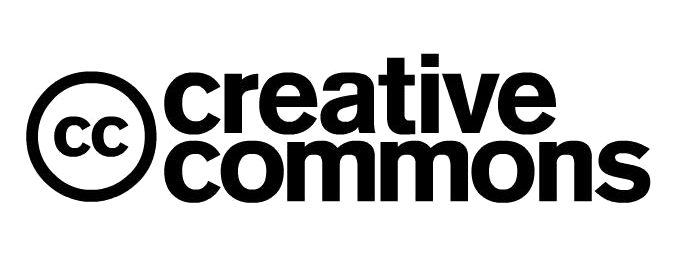Методы оценки доимплантационных эмбрионов человека
DOI:
https://doi.org/10.33910/2687-1270-2024-5-3-283-293Ключевые слова:
экстракорпоральное оплодотворение (ЭКО), морфокинетика эмбрионального развития, time-lapse, преимплантационное генетическое тестирование (ПГТ), метаболизм эмбрионаАннотация
Обзор посвящен современным методам оценки потенциала гармоничного развития доимплантационных эмбрионов человека, нашедшим применение в клинической практике программ вспомогательных репродуктивных технологий (ВРТ). Кратко описаны исторические аспекты развития методов ВРТ и постепенного появления необходимости разработки и внедрения различных методов оценки эмбрионов. Отдельно рассмотрены методы оценки морфологических характеристик эмбрионов, подробно описаны характерные особенности морфологии, учитываемые при классической оценке эмбрионов по Гарднеру, описан современный метод морфокинетической оценки по специально установленным морфокинетическим параметрам, схожим с морфологическими параметрами, на основании time-lapse микроскопии, машинной обработки данных с использованием искусственного интеллекта и нейросетей. В обзоре также представлены методы молекулярно-генетического анализа клеток эмбриона на основе биопсии и новейшие малоинвазивные подходы, применяемые в ситуациях, когда существенно повышен риск выявления численных хромосомных аномалий, переноса анеуплоидного эмбриона и, как следствие, рождения больного ребенка. Описаны инновационные методы оценки метаболомного статуса, представляющие возможность оценивать потенциал эмбриона через анализ его жизнедеятельности путем неинвазивного метаболомного профилирования культуральных сред Рамановской (оптической) спектрометрией и дальнейших комплексных исследований метаболитов.
Библиографические ссылки
Altarescu, G., Zeevi, D. A., Zeligson, S. et al. (2013) Familial haplotyping and embryo analysis for Preimplantation genetic diagnosis (PGD) using DNA microarrays: A proof of principle study. Journal of Assisted Reproduction and Genetics, vol. 30, no. 12, pp. 1595–1603. https://doi.org/10.1007/s10815-013-0044-8 (In English)
Campbell, A., Fishel, S. (2018) Atlas embriologii. Posledovatel’nye pokadrovye izobrazheniya (timelaps-tekhnologiya) [Atlas of Time lapse embryology]. Moscow: MEDpress-inofrm Publ., 120 p. (In Russian)
Cinnioglu, C., Glessner, H., Jordan, A., Bunshaft, S. (2023) A systematic review of noninvasive preimplantation genetic testing for aneuploidy. Fertility and Sterility, vol. 120, no. 2, pp. 235–239. https://doi.org/10.1016/j.fertnstert.2023.06.013 (In English)
Edwards, R. G., Fishel, S. B., Cohen, J. et al. (1984) Factors influencing the success of in vitro fertilization for alleviating human infertility. Journal of in Vitro Fertilization and Embryo Transfer, vol. 1, no. 1, pp. 3–23. https://doi.org/10.1007/BF01129615 (In English)
Findlay, I., Toth, T., Matthews, P. et al. (1998) Rapid trisomy diagnosis (21, 18, and 13) using fluorescent PCR and short tandem repeats: Applications for prenatal diagnosis and preimplantation genetic diagnosis. Journal of Assisted Reproduction and Genetics, vol. 15, no. 5, pp. 266–275. https://doi.org/10.1023/a:1022536309381 (In English)
Gardner, D. K., Schoolcraft, W. B. (1999) Culture and transfer of human blastocysts. Current Opinion in Obstetrics & Gynecology, vol. 11, no. 3, pp. 307–311. https://doi.org/10.1097/00001703-199906000-00013 (In English)
Gardner, D. K., Lane, M., Stevens, J. et al. (2000) Blastocyst score affects implantation and pregnancy outcome: Towards a single blastocyst transfer. Fertility and Sterility, vol. 73, no. 6, pp. 1155–1158. https://doi.org/10.1016/s0015-0282(00)00518-5 (In English)
Gerris, J., De Neubourg, D., Mangelschots, K. et al. (1999) Prevention of twin pregnancy after in-vitro fertilization or intracytoplasmic sperm injection based on strict embryo criteria: A prospective randomized clinical trial. Human Reproduction, vol. 14, no. 10, pp. 2581–2587. https://doi.org/10.1093/humrep/14.10.2581 (In English)
Gianaroli, L., Magli, M. C., Pomante, A. et al. (2014) Blastocentesis: A source of DNA for preimplantation genetic testing. Results from a pilot study. Fertility and Sterility, vol. 102, no. 6, pp. 1692–1699.e6. https://doi.org/10.1016/j.fertnstert.2014.08.021 (In English)
Griffin, D. K., Handyside, A. H., Penketh, R. J. et al. (1991) Fluorescent in-situ hybridization to interphase nuclei of human preimplantation embryos with X and Y chromosome specific probes. Human Reproduction, vol. 6, no. 1, pp. 101–105. https://doi.org/10.1093/oxfordjournals.humrep.a137241 (In English)
Handyside, A. H., Kontogianni, E. H., Hardy, K., Winston, R. M. (1990) Pregnancies from biopsied human preimplantation embryos sexed by Y-specific DNA amplification. Nature, vol. 344, no. 6268, pp. 768–770. https://doi.org/10.1038/344768a0 (In English)
Jansen, R. P. (2000) Origin and persistence of the mitochondrial genome. Human Reproduction, vol. 15, no. 2, pp. 1–10. https://doi.org/10.1093/humrep/15.suppl_2.1 (In English)
Kakourou, G., Mamas, T., Vrettou, C., Traeger-Synodinos, J. (2022) An update on non-invasive approaches for genetic testing of the preimplantation embryo. Current Genomics, vol. 23, no. 5, pp. 337–352. https://doi.org/10.2174/1389202923666220927111158 (In English)
Kalatova, B., Jesenska, R., Hlinka, D., Dudas, M. (2015) Tripolar mitosis in human cells and embryos: Occurrence, pathophysiology and medical implications. Acta Histochemica, vol. 117, no. 1, pp. 111–125. https://doi.org/10.1016/j.acthis.2014.11.009 (In English)
Korsak, V. S. (2022) Rukovodstvo po klinicheskoj embriologii [Guide to Clinical Embryology]. Moscow: Media Sfera Publ., 250 p. (In Russian)
Kuliev, A., Rechitsky, S., Verlinsky, O. et al. (1999) Birth of healthy children after preimplantation diagnosis of thalassemias. Journal of Assisted Reproduction and Genetics, vol. 16, no. 4, pp. 207–211. https://doi.org/10.1023/a:1020316924064 (In English)
Lebedev, I. N., Karamysheva, T. V., Elisaphenko, E. A. et al. (2021) Prenatal diagnosis of small supernumerary marker chromosome 10 by array-based comparative genomic hybridization and microdissected chromosome sequencing. Biomedicines, vol. 9, no. 8, article 1030. https://doi.org/10.3390/biomedicines9081030 (In English)
Lee, A. M., Connell, M. T., Csokmay, J. M., Styer, A. K. (2016) Elective single embryo transfer- the power of one. Contraception and Reproductive Medicine, vol. 1, article 11. https://doi.org/10.1186/s40834-016-0023-4 (In English)
Li, H., Zhang, S. (2017) Functions of vitellogenin in eggs. Results and Problems in Cell Differentiation, vol. 63, pp. 389–401. https://doi.org/10.1007/978-3-319-60855-6_17 (In English)
Magli, M. C., Pomante, A., Cafueri, G. et al. (2016) Preimplantation genetic testing: polar bodies, blastomeres, trophectoderm cells, or blastocoelic fluid? Fertility and Sterility, vol. 105, no. 3, pp. 676–683. https://doi.org/10.1016/j.fertnstert.2015.11.018 (In English)
Marlow, F. L. (2010) Oocyte polarity and the embryonic axes: The Balbiani body, an ancient oocyte asymmetry. In: Maternal control of development in Vertebrates: My mother made me do it! San Rafael: Morgan & Claypool Life Sciences Publ., [Online]. Available at: https://www.ncbi.nlm.nih.gov/books/NBK53189/ (accessed 11.02.2024). (In English)
Mekina, I. D. (2021) Otsenka kachestva doimplantatsionnykh embrionov cheloveka [Quality assessment of preimplantation human embryos]. In: I. Yu. Kogan (ed.). Ekstrakorporal’noe oplodotvorenie [In vitro fertilization]. Moscow: GEOTAR-Media Publ., pp. 249–260. https://doi.org/10.33029/9704-5941-6-IVF-2021-1-368 (In Russian)
Munne, S., Lee, A., Rosenwaks, Z., Grifo, J., Cohen, J. (1993) Fertilization and early embryology: Diagnosis of major chromosome aneuploidies in human preimplantation embryos. Human Reproduction, vol. 8, no. 12, pp. 2185–2191. https://doi.org/10.1093/oxfordjournals.humrep.a138001 (In English)
Palini, S., Galluzzi, L., De Stefani, S. et al. (2013) Genomic DNA in human blastocoele fluid. Reproductive BioMedicine Online, vol. 26, no. 6, pp. 603–610. https://doi.org/10.1016/j.rbmo.2013.02.012 (In English)
Puppo, I. L., Tonyan, Z. N., Saifitdinova, A. F. et al. (2023) Evaluating chromosomal segregation in a family where both spouses carry an autosomal translocation. Reproductive and Developmental Medicine, vol. 7, no. 3, pp. 189–192. https://doi.org/10.1097/RD9.0000000000000041(In English)
Qi, L., Chen, X., Wang, J. et al. (2019) Mitochondria: The panacea to improve oocyte quality? Annals of Translational Medicine, vol. 7, no. 23, article 789. https://doi.org/10.21037/atm.2019.12.02 (In English)
Rubio, C., Navarro-Sanchez, L., Garcia-Pascual, C. M. et al. (2020) Multicenter prospective study of concordance between embryonic cell-free DNA and trophectoderm biopsies from 1301 human blastocysts. American Journal of Obstetrics and Gynecology, vol. 223, no. 5, pp. 751.e1–751.e13. https://doi.org/10.1016/j.ajog.2020.04.035 (In English)
Saifitdinova, A. F., Pavlova, O. A., Zelinskij, A. A. et al. (2023) Polnogenomnaya amplifikatsiya malykh kolichestv DNK dlya opredeleniya molekulyarnogo kariotipa kletok [Whole genome amplification of small amounts of DNA to determine the molecular karyotype of cells]. Integrativnaya fiziologiya — Integrative Physiology, vol. 4, no. 3, pp. 324–334. https://doi.org/10.33910/2687-1270-2023-4-3-324-334 (In Russian)
Tao, J., Tamis, R., Fink, K. et al. (2002) The neglected morula/compact stage embryo transfer. Human Reproduction, vol. 17, no. 6, pp. 1513–1518. https://doi.org/10.1093/humrep/17.6.1513 (In English)
Thornhill, A. R., Handyside, A. H., Ottolini, C. et al. (2015) Karyomapping-a comprehensive means of simultaneous monogenic and cytogenetic PGD: Comparison with standard approaches in real time for Marfan syndrome. Journal of Assisted Reproduction and Genetics, vol. 32, no. 3, pp. 347–356. https://doi.org/10.1007/s10815-014-0405-y (In English)
Tonyan, Z. N., Puppo, I. L., Saifitdinova, A. F. et al. (2024) Assessment of quadrivalent characteristics influencing chromosome segregation by analyzing human preimplantation embryos from reciprocal translocation carriers. Comparative Cytogenetics, vol. 18, pp. 1–13. https://doi.org/10.3897/compcytogen.18.115070 (In English)
Uyar, A., Seli, E. (2014) Metabolomic assessment of embryo viability. Seminars in Reproductive Medicine, vol. 32, no. 2, pp. 141–152. https://doi.org/10.1055/s-0033-1363556 (In English)
Vera-Rodriguez, M., Diez-Juan, A., Jimenez-Almazan, J. et al. (2018) Origin and composition of cell-free DNA in spent medium from human embryo culture during preimplantation development. Human Reproduction, vol. 33, no. 4, pp. 745–756. https://doi.org/10.1093/humrep/dey028 (In English)
Verlinsky, Y., Cieslak, J., Ivakhnenko, V. et al. (1996) Birth of healthy children after preimplantation diagnosis of common aneuploidies by polar body fluorescent in situ hybridization analysis. Fertility and Sterility, vol. 66, no. 1, pp. 126–129. https://doi.org/10.1016/s0015-0282(16)58399-x (In English)
Wells, D., Escudero, T., Levy, B. et al. (2002) First clinical application of comparative genomic hybridization and polar body testing for preimplantation genetic diagnosis of aneuploidy. Fertility and Sterility, vol. 78, no. 3, pp. 543–549. https://doi.org/10.1016/s0015-0282(02)03271-5 (In English)
Zhang, J., Chiodini, R., Badr, A., Zhang, G. (2011) The impact of next-generation sequencing on genomics. Journal of Genetics and Genomics, vol. 38, no. 3, pp. 95–109. https://doi.org/10.1016/j.jgg.2011.02.003 (In English)
Zhao, Q., Yin, T., Peng, J. et al. (2013) Noninvasive metabolomic profiling of human embryo culture media using a simple spectroscopy adjunct to morphology for embryo assessment in in vitro fertilization (IVF). International Journal of Molecular Sciences, vol. 14, no. 4, pp. 6556–6570. https://doi.org/10.3390/ijms14046556 (In English)
Zhigalina, D. I., Skryabin, N. A., Artyukhova, V. G. et al. (2016) Molecular karyotyping by using cell-free DNA from human blastocoele fluid, embryoblast and trophoblast cells. Tsitologiia, vol. 58, no. 6, pp. 488–492. (In English)
Загрузки
Опубликован
Выпуск
Раздел
Лицензия
Copyright (c) 2025 Татьяна Сергеевна Архипова, Алсу Фаритовна Сайфитдинова

Это произведение доступно по лицензии Creative Commons «Attribution-NonCommercial» («Атрибуция — Некоммерческое использование») 4.0 Всемирная.
Авторы предоставляют материалы на условиях публичной оферты и лицензии CC BY 4.0. Эта лицензия позволяет неограниченному кругу лиц копировать и распространять материал на любом носителе и в любом формате в любых целях, делать ремиксы, видоизменять, и создавать новое, опираясь на этот материал в любых целях, включая коммерческие.
Данная лицензия сохраняет за автором права на статью, но разрешает другим свободно распространять, использовать и адаптировать работу при обязательном условии указания авторства. Пользователи должны предоставить корректную ссылку на оригинальную публикацию в нашем журнале, указать имена авторов и отметить факт внесения изменений (если таковые были).
Авторские права сохраняются за авторами. Лицензия CC BY 4.0 не передает права третьим лицам, а лишь предоставляет пользователям заранее данное разрешение на использование при соблюдении условия атрибуции. Любое использование будет происходить на условиях этой лицензии. Право на номер журнала как составное произведение принадлежит издателю.







